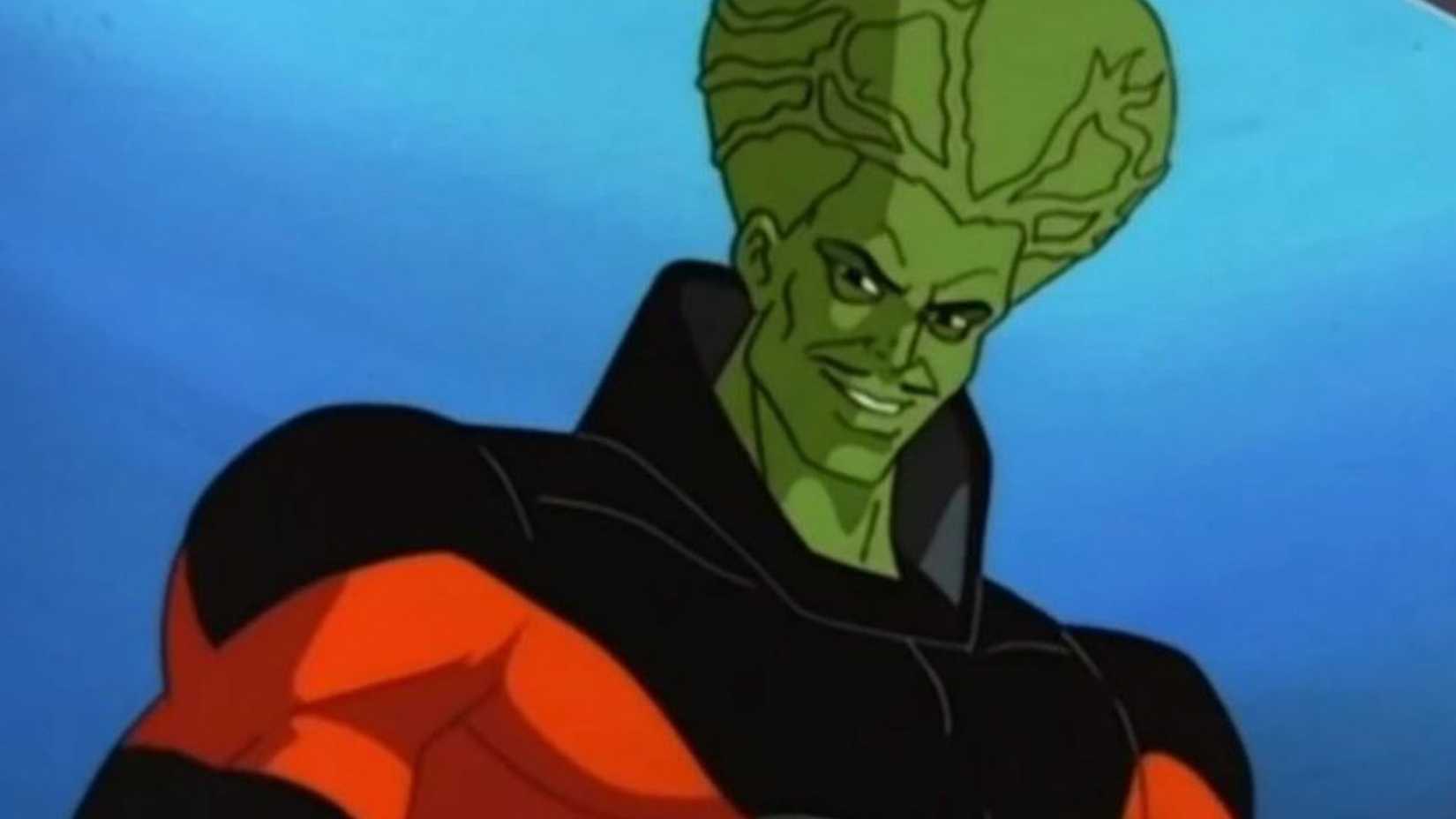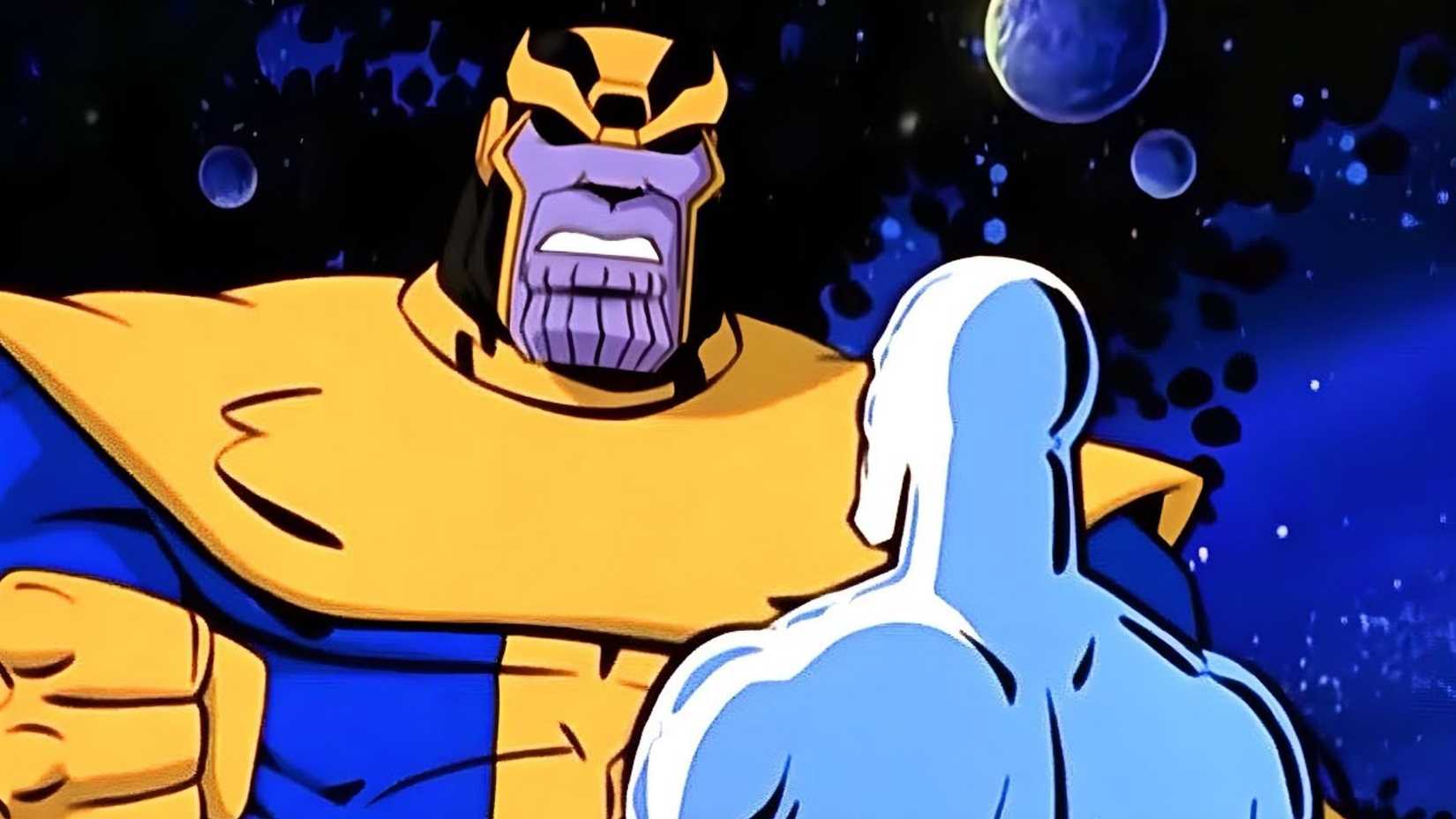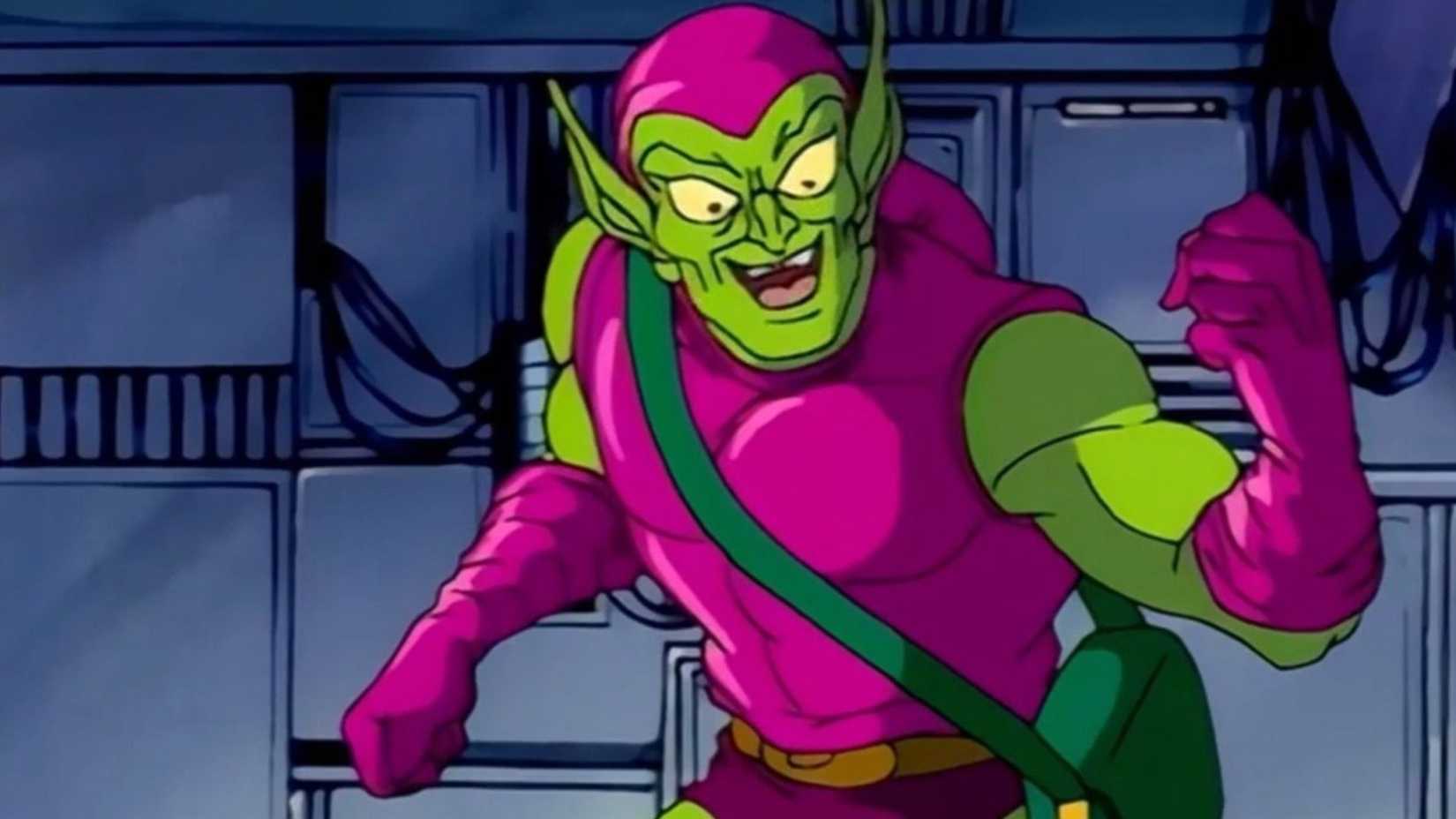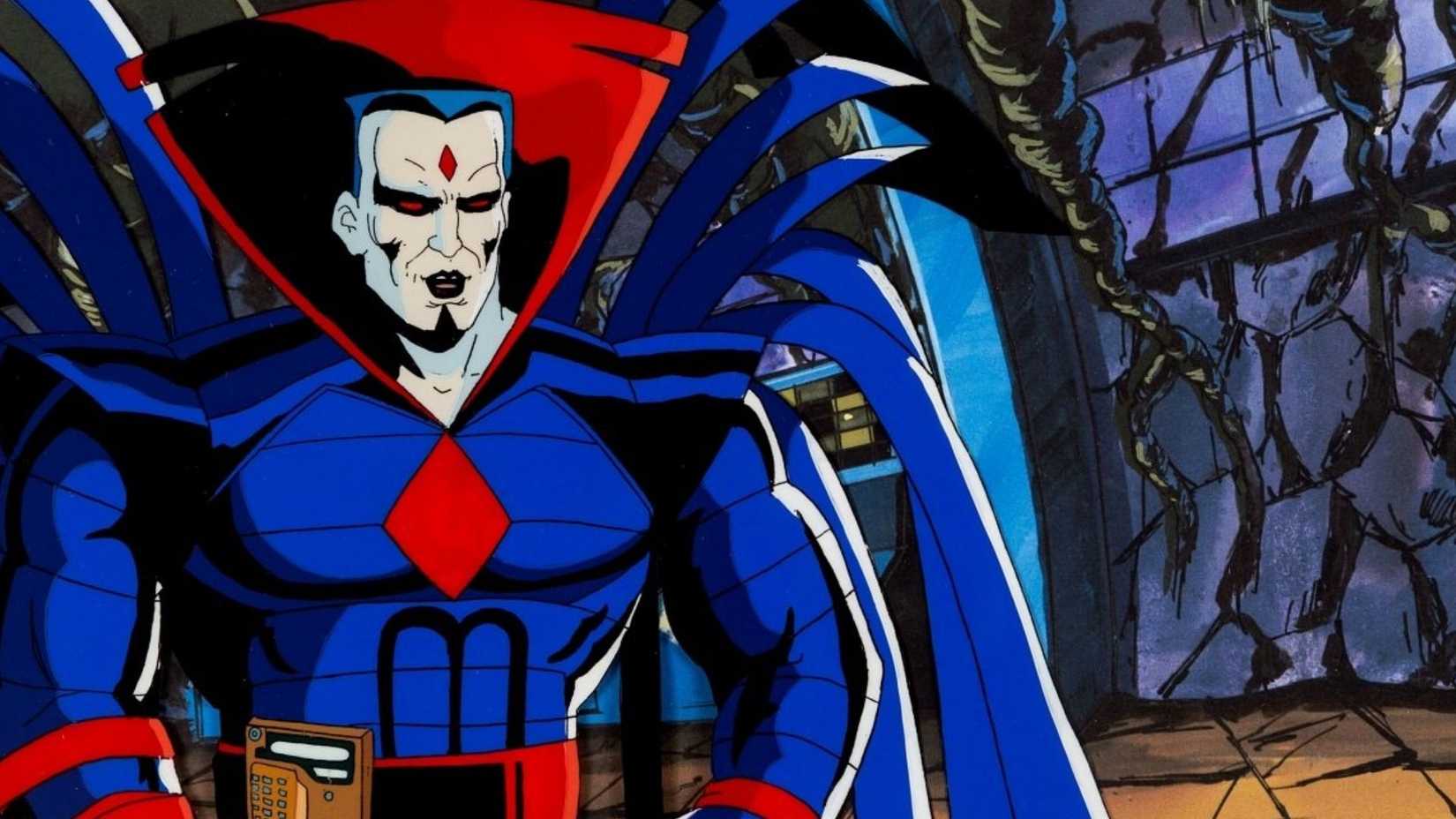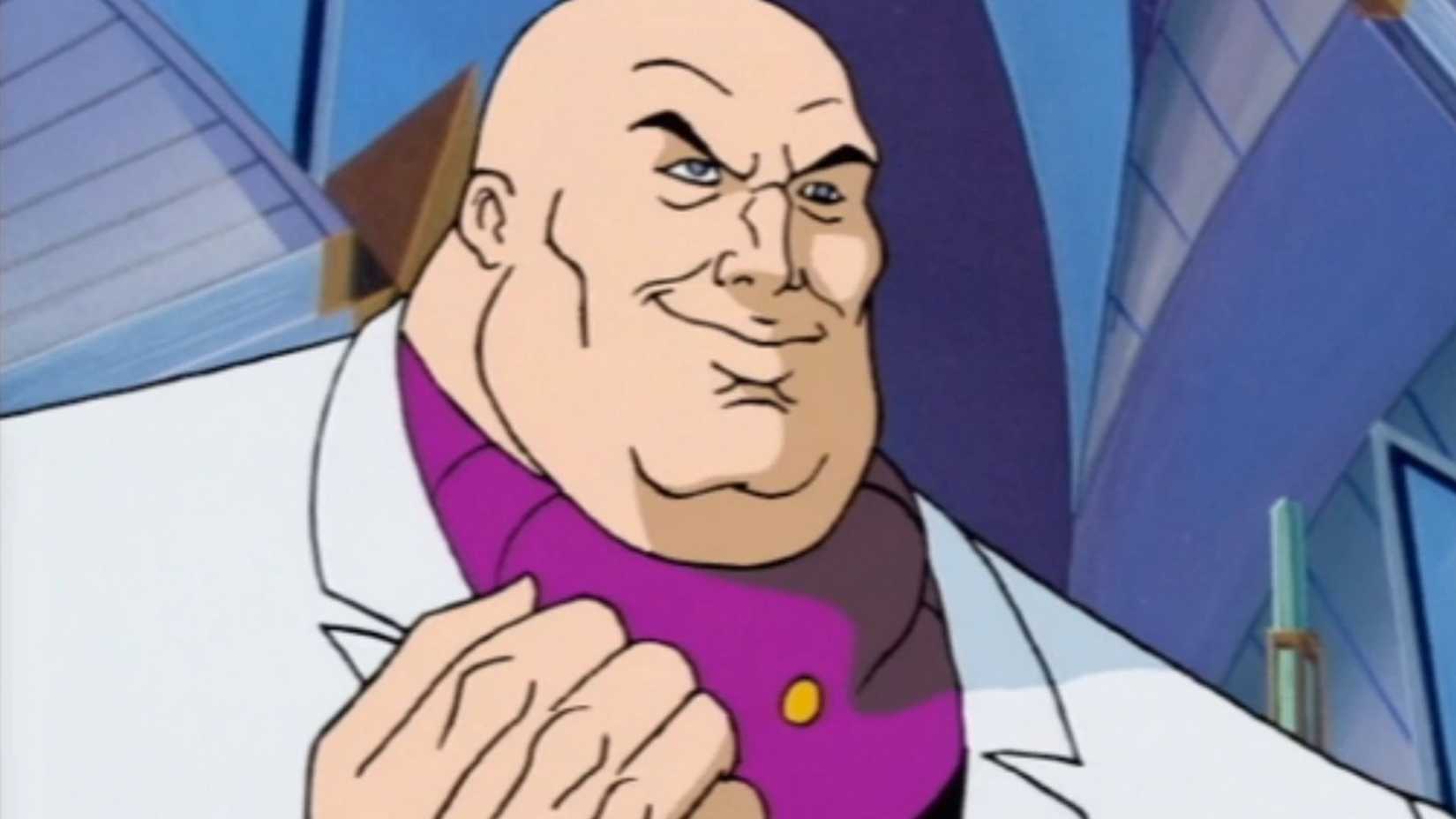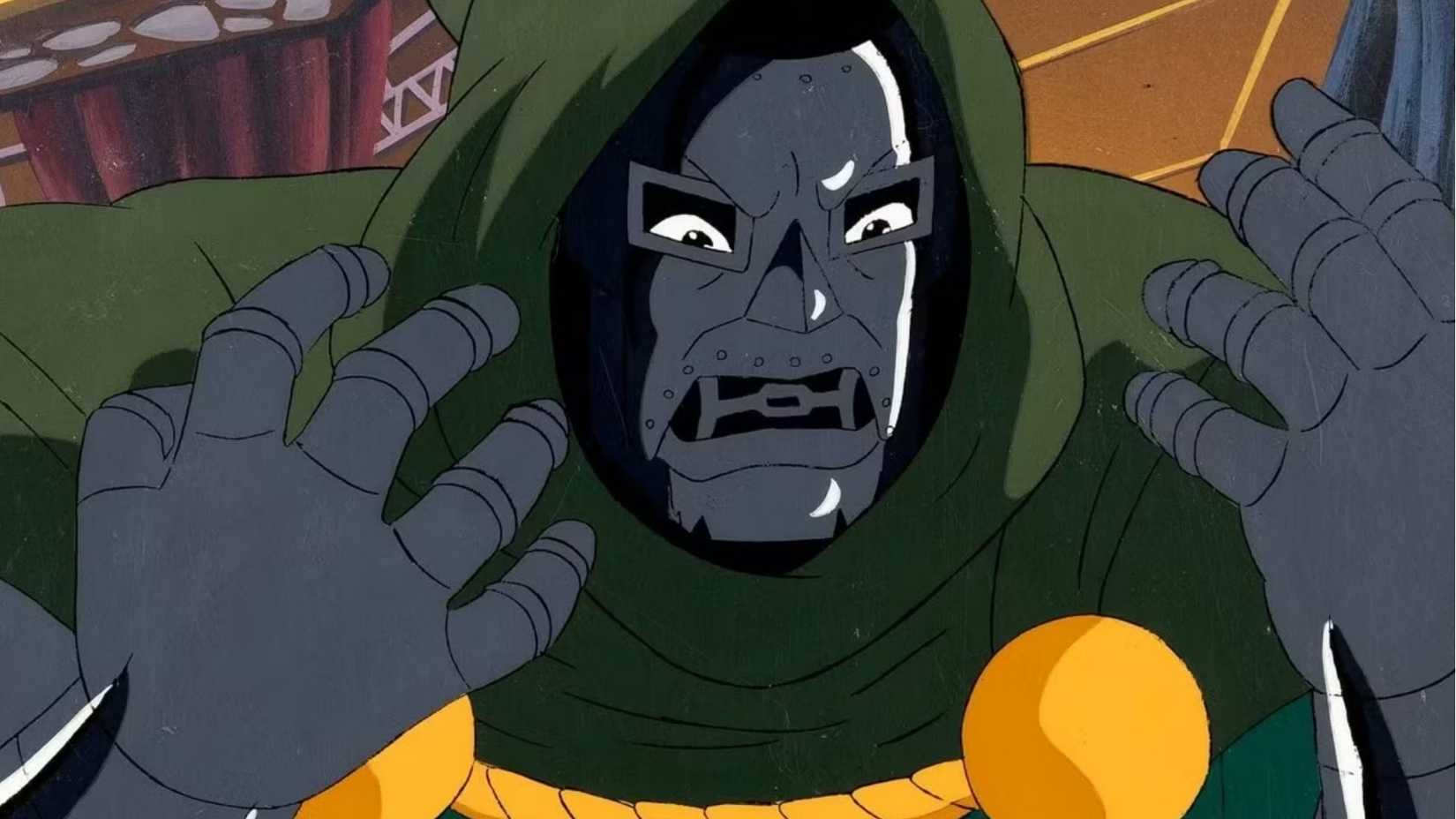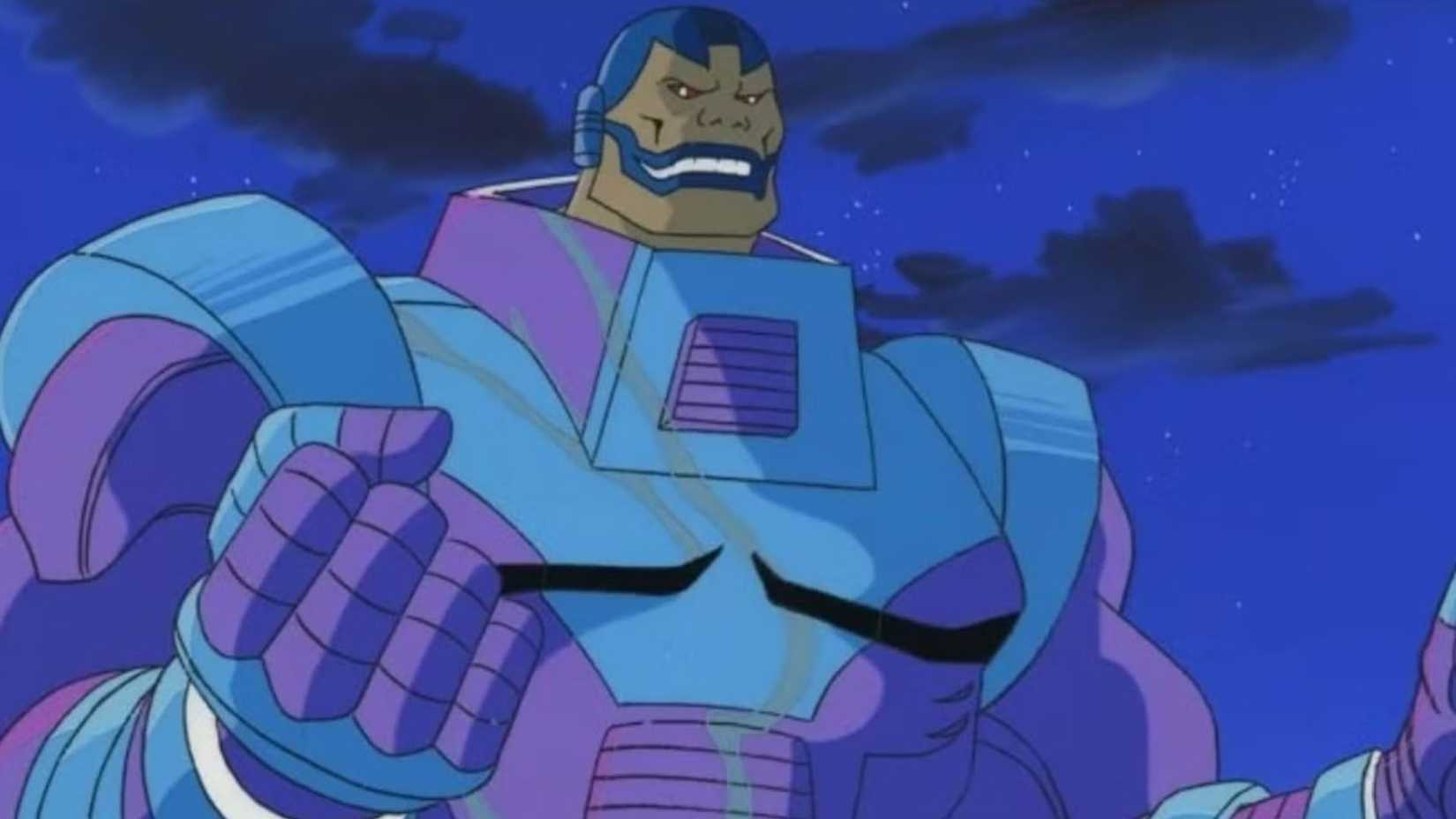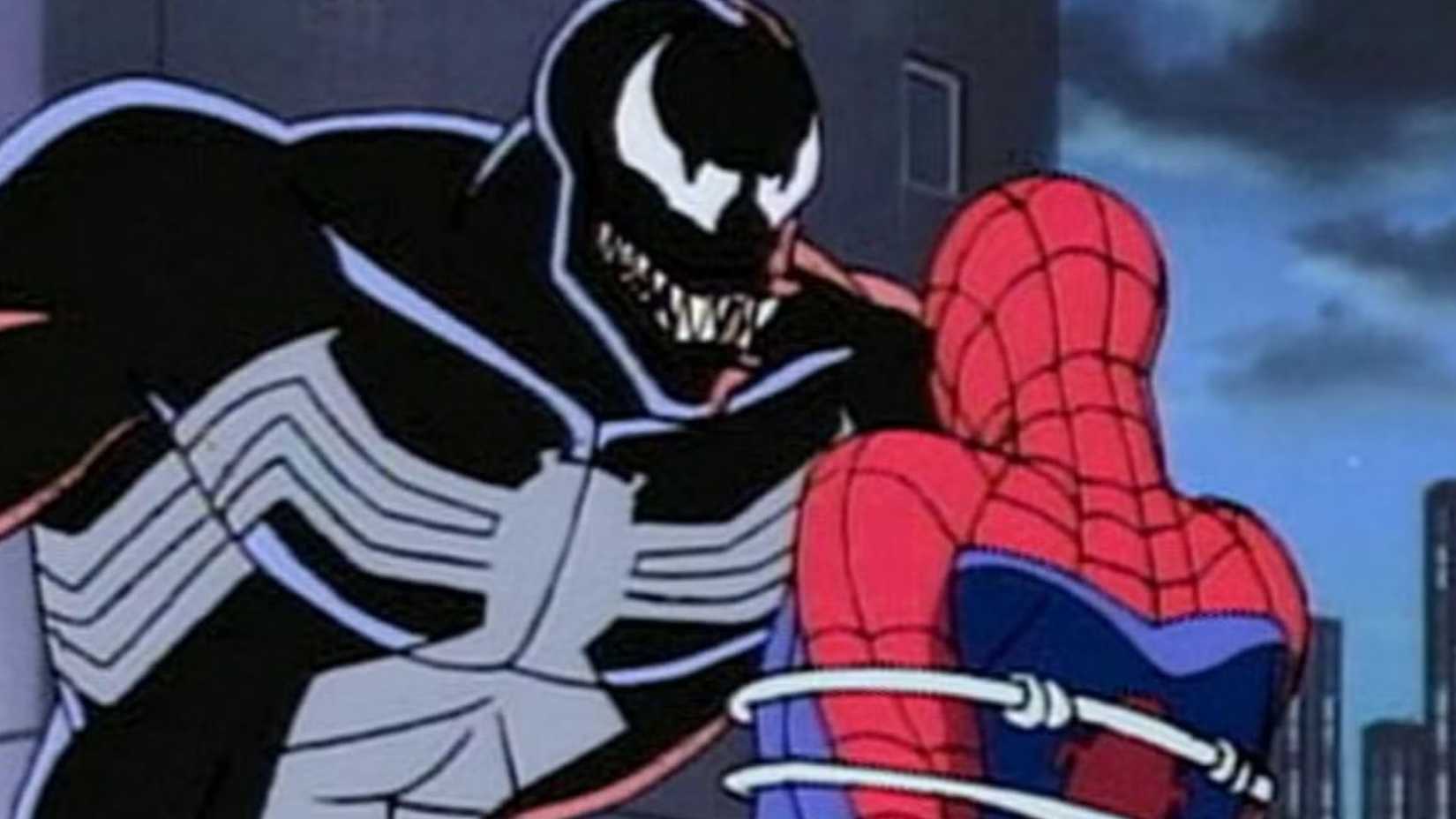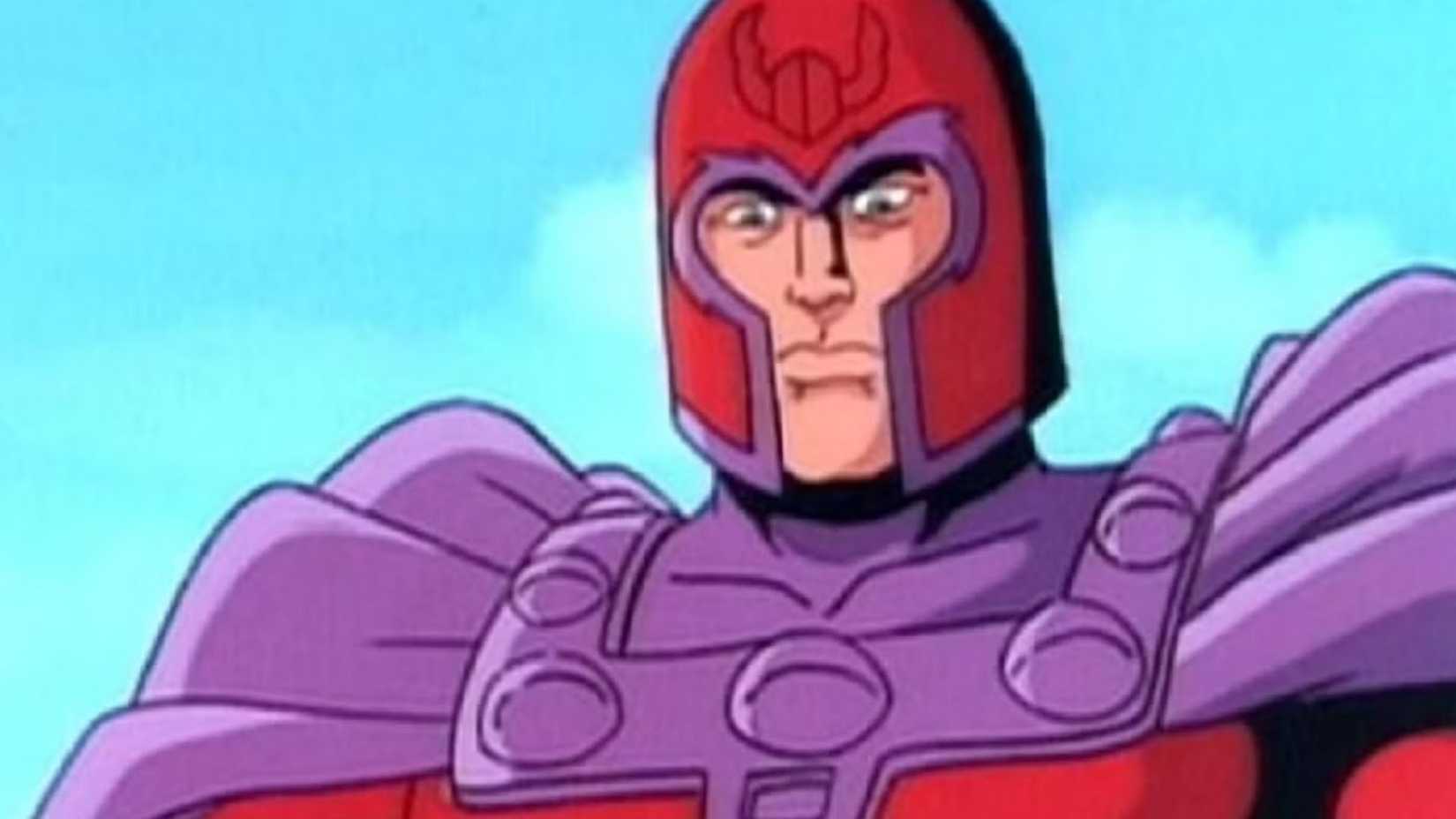Before the MCU turned Marvel into a cinematic universe, the ‘90s brought a different kind of vibe, where content was animated, serialized, and surprisingly bold. Saturday mornings were stacked with shows like X-Men, Spider-Man, Fantastic Four, and The Incredible Hulk, and each of these shows brought comic book arcs to life with a mix of melodrama, action, and in-depth character work. These shows were gateways into Marvel’s lore way before Iron Man suited up on the big screen.
And a huge part of what made these ‘90s Marvel TV shows special was how committed they were to adapting actual comic storylines. X-Men: The Animated Series tackled everything from the Phoenix Saga to Days of Future Past, while Spider-Man explores the Clone Saga, Secret Wars, and even the multiverse madness. The heroes were juggling a lot at once. But the villains were where things got really interesting.
The best of the Marvel villains in the ‘90s were characters with backstories and motives. Some were tragic, some were terrifying, and some were just cool. And even today, decades later, they still hold up. Here’s a list that rewinds time and looks at the 10 most iconic villains from ‘90s Marvel TV shows who defined an era.
Red Skull
‘Iron Man: The Animated Series’ (1994 – 1996)
Red Skull does not show up until the second season of Iron Man: The Animated Series, but when he does, it feels like the show suddenly remembered that it had access to one of Marvel’s most sinister villains. The series, already known for pivoting from its clunky first season into a more episodic format, made sure Red Skull fit in perfectly with its darker tone. He appears in the two-parter episode, “The Armor Wars,” where he’s manipulating events and using stolen Stark tech to fuel his own twisted ambitions.
What makes Iron Man: The Animated Series’ Red Skull unforgettable even after all these years is how the series used him. He wasn’t just a villain-of-the-week, but a threat that challenged Tony Stark’s perception, mainly because his own tech was turned against him. He is the reason Stark goes rogue and hunts down anyone misusing his design. It’s one of those rare times when an animated series captures real stakes, thanks to Red Skull.
The Leader
‘The Incredible Hulk’ (1996 – 1997)
The Leader belongs in a Hulk story, there’s no other way around it. In The Incredible Hulk animated series, he is introduced early on as the nerdy counterweight to Bruce Banner’s physical strength. His oversized cranium and green glow make him visually distinct, but it’s also his obsession with gamma radiation and his desire to harness Hulk’s power that make him such a compelling ‘90s Marvel TV show villain.
The Leader’s appearances span multiple episodes, including “Return of the Beast” and “Darkness and Light,” where he often uses Abomination and Gargoyle as his pawns. He consistently messes up Banner’s life like a recurring nightmare. He sabotages Banner’s experiments, traps him in mind-control schemes, and even tries to transfer Hulk’s power into himself. The guy’s relentless.
Thanos
‘Silver Surfer: The Animated Series’ (1998)
The ‘90s Marvel TV landscape found its most cosmic-level villain in the form of Thanos in Silver Surfer: The Animated Series, which only ran for one season but packed more emotional and philosophical weight than most shows dared to explore back then. Thanos is a major player, and unlike the MCU’s version, he is pure comic-book madness. He’s obsessed with Lady Chaos and his entire arc revolves around trying to win her over, but he does so by causing destruction across the universe.
Thanos’s goal is to control Galactus, which is not ambitious. It’s insane. So, Silver Surfer gave us a version of Thanos that was actually mad. He wasn’t aiming for “balance” in the universe. He was just driven by love and a thirst for power. He frees Lady Chaos from her stone prison, manipulates the Surfer’s memories, and nearly gets Galactus to yield.
Green Goblin
‘Spider-Man: The Animated Series’ (1994 – 1998)
Season 3 of Spider-Man: The Animated Series finds Norman Osborn finally snapping into full-blown Green Goblin mode. His debut in “Enter the Green Goblin” is genuinely chaotic as a villain with a fractured psyche and a vendetta. The show plays up the duality of Norman’s corporate cool and Goblin’s manic rage quite well.
In the series, Green Goblin kidnaps Mary Jane, bombs Oscorp, and flies around on the glider, cackling like a lunatic. The animation props up his unpredictability using wild camera angles, eerie lighting, and a voice performance by Neil Ross that’s just unhinged enough to be impossible to forget. But beyond the theatrics, Goblin gets personal, too. He wants Spider-Man dead and Peter Pan broken. He torments Spidey and even crashes Peter and MJ’s wedding in Season 5.
Mr. Sinister
‘X-Men: The Animated Series’ (1992 – 1997)
Introduced in Season 2 of X-Men: The Animated Series, particularly the episode titled “Til Death Do Us Part,” Mr. Sinister immediately sets the tone. A creepy lab, glowing red eyes, and a voice that sounds like it’s echoing from the depths of the Earth. He’s obsessed with genetics, especially the DNA of Cyclops and Jean Grey, and he’s got a plan to create the ultimate mutant race.
The show featured his Victorian origins in “Descent” and reveals how Nathaniel Essex became this immortal, manipulative monster. He earns a spot on the list of the most iconic villains of ‘90s Marvel TV shows because he’s in for the long haul. In the series, he abducts Cyclops and Jean, brainwashes Morph, and even tries to clone Jean as Madelyne Pryor. Mr. Sinister is also part of the Phalanx arc, where he teams up with Magneto and Xavier to stop a bigger threat. That’s deep lore stuff.
Kingpin
‘Spider-Man: The Animated Series’ (1994 – 1998)
In Spider-Man: The Animated Series, Kingpin was the backbone of the entire criminal underworld. From the first season, Wilson Fisk is portrayed as a ruthless crime boss with a knack for high-stakes gambits, always pulling strings behind the scenes and operating out of his skyscraper lair like a Bond villain with a business degree. Voiced by Roscoe Lee Browne, Kingpin has got tech, henchmen, and supervillains at his disposal.
What makes Kingpin an essential addition is how central he is to the story. He’s not some small-time recurring threat, but the show’s puppet master. He funds Spider-Slayers, hires the Hobgoblin, and forms the Insidious Six. He also frames Peter Parker for crimes, manipulates the media, and survives being kidnapped by the Green Goblin. Basically, Kingpin is everywhere.
Doctor Doom
‘Fantastic Four: The Animated Series’ (1994 – 1996)
It’s the second season where Fantastic Four: The Animated Series finally finds its footing, and Doctor Doom is a big reason why. He is introduced in “The Mask of Doom” as a major threat. He’s got the brains, the sorcery, and the ego to match his castle in Latveria, which looks like it was pulled straight out of a gothic horror movie. Doom’s obsession with legacy and control gives him a dark edge.
There is a moment where Doom forces the team through his origin story like it’s required reading, and the scene is so effective. The voice acting by Neil Ross (Season 1) and Simon Templeman (Season 2) nails it, too. Additionally, Doctor Doom singlehandedly shapes the show’s tone by challenging the dynamic of the Fantastic Four. In “Silver Surfer and the Coming of Galactus,” he hijacks cosmic power and tries to rewrite the rules, giving the show a direction.
Apocalypse
‘X-Men: The Animated Series’ (1992 – 1997)
Apocalypse shows up early in X-Men, and from the start, his character stands out. He is not loud or flashy, but calm, ancient, and terrifying in a distinct way. He first appears in “Come the Apocalypse,” where he turns mutants into his Horsemen and talks about evolution. He’s got that mythic vibe, and the series gives him tech that looks alien but motives that feel biblical.
The series also dives into his backstory in “Descent,” which adds a layer of tragedy to Apocalypse’s transformation from a scientist to an immortal tyrant. In “Beyond Good and Evil,” he literally tries to control time itself by pulling in characters like Cable, Bishop, and the Axis of Time. Even when he’s defeated, Apocalypse comes back through clones and tech.
Venom
‘Spider-Man: The Animated Series’ (1994 – 1998)
Spider-Man: The Animated Series creates a sprawling web-slinging world for fans to immerse themselves in, and Venom’s arrival is one of the show’s most memorable arcs. The “Alien Costume” trilogy kicks off with a space shuttle crash and ends with Eddie Brock becoming something truly dangerous. The symbiote amplifies his strength, his rage, and most importantly, his grudge against Peter Parker.
Venom knows Peter’s secrets. He stalks him, messes with his personal life, and even tries to expose him on live TV. The animation is so slick that it gives Venom this fluid movement, making him feel alive. As for his impact on the show, Venom has got history with Peter, and every time they face off, it’s intense. And in “Venom Returns,” the villain teams up with Carnage and Dormammu, steering the series into darker territory.
Magneto
‘X-Men: The Animated Series’ (1992 – 1997)
The captivating world of ‘90s X-Men: The Animated Series introduces Magneto in the first season itself. “Enter Magneto” is the episode that sets the stage for everything that follows. The villain is so revolutionary that he breaks into a military base, frees mutants, and makes it clear that he’s done waiting for peace and intends to initiate a human-mutant war. The show frames him as Xavier’s ideological opposite, an element that drives some of the best episodes.
Magneto’s backstory is revealed in later episodes. He is a Holocaust survivor, a father, and someone who has seen the worst of humanity. His powers are massive, but his conviction is what really defines him. Which is why Magneto is a very complex villain. Sometimes he’s fighting the X-Men, and other times, he’s fighting with them. Angry, principled, and multidimensional, he’s one of the few villains who can flip sides at any moment.

